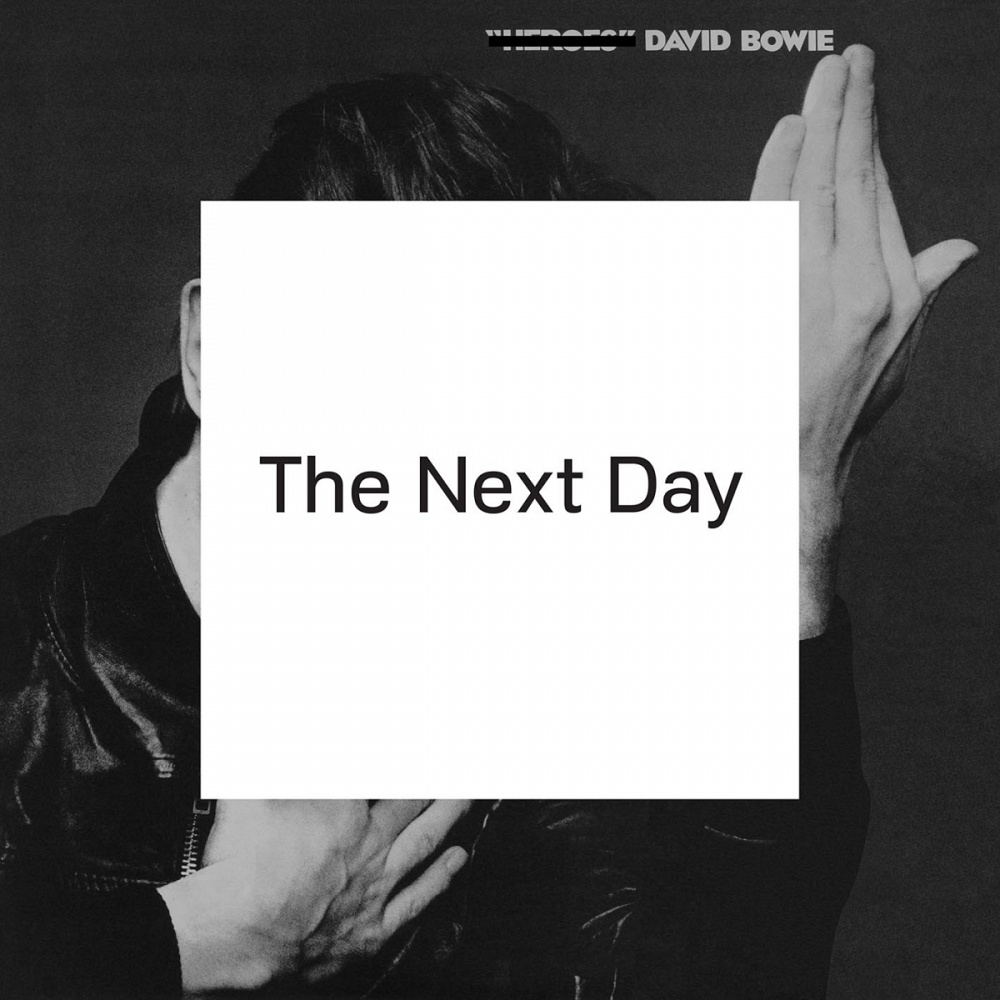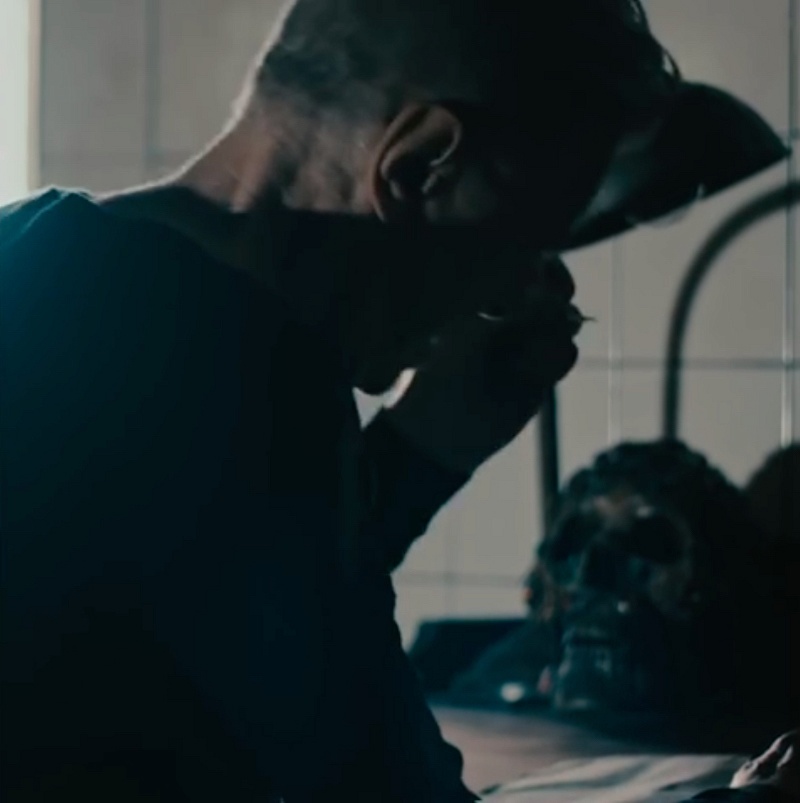The Thin White Duke, Ziggy Stardust, Halloween Jack, Aladdin Sane, the Plastic Soul man, and Major Tom would not look out of place on a list of professional wrestling’s greatest roles, nestled alongside sinister Elvis impersonator The Honky Tonk Man, embittered ex-prison guard Big Boss Man, anti-American Iranian oil dealer The Iron Sheik, and Jerry “The King” Lawler, who famously landed a neck-breaking pile driver on Andy Kaufman during the David Letterman Show in 1982.1Kaufman was the self-proclaimed “Inter-Gender Wrestling Champion of the World,” with Laurie Anderson among the vanquished. His feud with The King is among the most celebrated in the history of pro wrestling, and was only revealed to have been staged in the 1990s, long after the comedian’s death. David Bowie’s personae had backstories to match—alienated European crypto-fascist aristocrat; Martian rock star; dystopian future-bohemian; junkie cosmonaut—and observed the same theatrical principles.
Professional wrestlers, as Roland Barthes observes in “The World of Wrestling” (1957), create characters that advertise in advance the content of their performances. Their costumes, ring walks, and names are carefully engineered to prep the audience for their behavior inside the ring. Whether a bastard, a face or blue eye, a heel or rudo, an enforcer, or any of the other parts familiar to today’s fans, the wrestler must act in a manner consistent with his or her particular gimmick (the phrase is used non-pejoratively in the game) and within the codes that govern the form. The engagement of the spectator is predicated upon the satisfaction and security of knowing that the narratives constructed around the fights will resolve in accordance with these underlying standards, and the tension is generated by the knowledge that the wrestlers must ultimately—however much the fight seems to have strayed from the script—return to them.
The adoption of a persona is equally a catalyst to creative invention. The wrestler’s role comes with a set of constraints—the heel, for instance, must antagonize the audience through cheating or cowardice—that can provide a space for the actor’s own interpretations and inventions as long as they are consistent with their given history and credentials. The wrestler’s genius consists in exploiting the dramatic potential of his or her backstory without giving in to the conscientious nineteenth-century novelist’s temptation to feign psychological credibility, authenticity, or depth. Moral indecision works against the fatalism of the form and makes it difficult for the spectators to read and interpret the signs on which wrestling depends; for a character to seem real does not require that it be lifelike. The wrestler must resist the urge to merely imitate life because he or she “fails to put the part across as much by an excess of sincerity as by an excess of formalism,” as Barthes puts it in the same essay. Attempts at interior psychological complexity do not, in this context, make for great art.
Actions are determined by appearance; personality is not expressed in but rather manufactured by costume. “It is clothes that wear us, and not we, them,” as Virginia Woolf puts it in Orlando (1928), “we may make them take the mould of arm or breast, but they mould our hearts, our brains, our tongues to their liking.” The Thin White Duke—a coked-up Mitteleuropean misanthrope, invented after a meeting with Christopher Isherwood—could not have written, as Bowie’s earlier hippy-ish longhaired incarnation did, a dreamy tale of a man drifting around in space. The signatory particulars of dress, manner, and political and ostensible sexual orientation of his various personae are the machines of Bowie’s great artistic achievements. The mask is a catalytic part of the creative process, not merely a veil drawn over it; identity is externalized, following from appearance by necessity, rather than transcending it.2Kingsley Amis’ Lucky Jim contains perhaps the greatest expression of this phenomenon, when its narrator delivers a disastrous lecture on “Merrie Englande” which attacks the mythology of British society in a variety of accents over which its speaker loses control.
Four months after his death, it seems that Bowie’s greatest legacy was to popularize this notion of the performed self. He demonstrated to a society still hungover from the 1960s that identity is not determined by gender, genetics, or perhaps most importantly class (this was Britain, remember), but rather by what you wore, said, and (were seen to) read. He imparted to a disillusioned and disenfranchised generation the conviction that by assuming the vestiges of the part—adopting the mannerisms, outward attitudes, or appearance of, for instance, the cosmopolitan intellectual—it was possible to become the self that you aspired to be. Bowie meant that you no longer needed to attend Oxbridge to be a romantic; to live in Paris to be a bohemian; to summer in Marrakech to experiment with sexuality. Suddenly these possibilities seemed available to the working-class teenager in a provincial town, as long as he or she had access to a bookshop, a sewing machine, and mom’s makeup drawer.
Bowie’s personae were not transferred to other performers—the symbolic mask handed down to a successor, as in the European and Mexican traditions of wrestling—but to his audience. He inspired his spectators to cut and dye their hair, to make up their faces, to buy new wardrobes, to read Jean Genet, William Burroughs, and HP Lovecraft, to seek out the German Expressionists, and to experiment in a society otherwise paralyzed by unemployment, industrial unrest, and the collapse of empire. Immigration in the early 1970s was changing the way that Britain looked and acted; the hegemony of the upper classes over national life had been (it now seems temporarily) disrupted by two world wars and the postwar social democratic consensus. Bowie emerged at, and documented, a time of crisis and change in British society. And then he assisted in the breakdown of that social order.
It is a fact of British life that one is judged with reference to the behavior (career choice, dress sense, marital status, accent, mannerisms, haircut, preferred drink, favorite sport) expected of the class from which you are perceived to have emerged. Our preoccupation with being perceived as ‘acting up’ is all-pervasive, governing, or at least framing every imaginable social transaction, from ordering a drink at the bar to making a professional introduction. By making available an alternative system of authentication based on whether you had read a certain book, watched a certain film, or dared to wear silk, Bowie offered the simultaneous possibility of escape and belonging. He did not challenge the notion of what it meant to be ‘real’ so much as launch an attack on its metrics.
He was not immune to the British obsession with indicators of status. His accent—perhaps the most obsessed-over barometer of fidelity to one’s social status—fluctuated quite alarmingly in the interviews conducted over the course of his career, as he freely and indeed cheerfully admitted. The floating accent is symptomatic of an unease with or dissociation from (or, as in the case of the famously polydictive David Cameron, a desire to conceal) the circumstances of one’s upbringing.3Speaking to Playboy in 1976, Bowie described Young Americans as “the definitive plastic soul record. It’s the squashed remains of ethnic music as it survives in the age of Muzak, written and sung by a white limey.” It would be fair to assume that Bowie—born in Yorkshire to an English father and Irish mother, uprooted as a child to the streets of south London, conspicuously odd—was more sensitive than most to the vagaries of class membership because he did not obviously belong to one.
It always struck me that Paul McCartney—who has impeccably working-class credentials—and Mick Jagger—securely of the aspirational middle class, albeit that he played the rebel beautifully—should have so happily accepted their knighthoods. The honors system confers upon the individual a new place in the social order while reinforcing its overarching structures, which is perhaps less obviously objectionable to those who have never questioned their proper place in it. Bowie dismissed the offer peremptorily: “I would never have any intention of accepting anything like that. It’s not what I spent my life working for.” Central to Bowie’s enduring significance was the fact that he never abandoned his position outside or beyond those conventional societal constructions. He remained endowed with the allure of a spiritual representative, unsullied by the compromises and hypocrisies that damn so many other members of the post-baby-boomer establishment.
As a consequence, Bowie has often been referred to as a cultural lodestar (his lyrical preoccupation with celestial bodies made the comparison inevitable). The analogy seems to break down when you consider that the defining characteristic of the polestar is the consistency of its position in the night sky, while Bowie is the archetypal agent of change and reinvention. Yet we know that the heavens are fixed only in relative terms—Polaris is not pinned to a speckled canopy—and, by the same reasoning, Bowie’s position in the cultural firmament remained broadly consistent. He resisted the pull of the center, the capacity of late twentieth-century culture to appropriate, normalize, and defang even the most radical or heterodox behaviors.
It did not always work, artistically speaking. His formation of a heavy metal band in the late 1980s, and then his experiments with drum and bass in the 1990s, seemed at the time misguided (though there will inevitably be reappraisals). But that seemed to matter less than his ability to open up new horizons for his fans, even in failure. Each incarnation established a new space with which to experiment, and exemplified the ease with which it was possible to move beyond and between positions that would traditionally have been understood as contradictory. If the experiment failed—or when it succeeded—he simply packed it away and moved on. These exercises in inauthenticity might explain why Bowie is so often characterized as a prophet of the current age of precariousness, gender fluidity, nomadism, and globalized digital communities in which identity is invented as much as assumed.
In that respect, his legacy makes for an interesting comparison with another of the great twentieth-century pop cultural icons. When Prince passed away last month, a video clip did the rounds in which he was asked by an interviewer how artists can protect themselves from being ‘played’ by the record industry’s famously unscrupulous elements. “I can’t be played,” he said, “a person trying to play me, plays themselves.” That Prince could not “be played” carries a neat double entendre. He could not be turned, twisted, or deceived; he was not susceptible to tricks or gimmicks. Neither, to read the phrase another way, would it be possible for anyone else to play him as an actor ‘plays’ a role (Prince starred in four films, in three of which he played himself or a very thinly veiled version of himself—the exception, 1986’s Under The Cherry Moon, was a disaster). His identity was unique, coherent, and—while extraordinarily complex and multivalent—ultimately indivisible from his self. He disdained masks, while Bowie depended upon them. It is interesting to note that it was the bisexual African-American man who so powerfully affirmed his individual selfhood—asserting a right that the history of his country had done much to deny—while the white Londoner used his career to dismantle the very notion of an essential self (Bowie was, it seems pertinent to note, a Buddhist from his teens). For all the difference in approach and context, however, it seems that both were addressing the same problem by different means: how to transcend or subvert the narrow destinies ascribed to us by social circumstance. Bowie slipped out of the bonds; Prince burst them.
If his life was devoted to mercurial experiments in character and form—“I’m Pierrot,” Bowie told the Daily Express in 1977, “I’m Everyman”—then his death might be the most enduring of a series of performances that subjugated material circumstance to the logic of theater. Listening to his final two albums in the wake of his passing, it was hard to avoid the feeling that death—which came just a day after the release of his final album, and to the shocked surprise of a global media which can normally be relied upon to know when someone of Bowie’s celebrity has contracted a cold—had been to some extent stage-managed. The control exercised over even this most non-negotiable of nature’s contradictions to the belief that we control our destinies was testament to the artist’s extraordinary ability to theatricalize, to make narrative sense of an experience of being alive that feels to most of us so frighteningly contingent and unmanageable.
Bowie had been addressing quite explicitly the implications of mortality and a life’s reckonings. The Next Day (2013) reclaimed the iconic photo from the cover of Heroes (1977) and superimposed a white square; Blackstar (2016) is filled with musical riffs from his back catalog that suggest a life flashing before one’s eyes. Given that Bowie was often accused of being willfully oblique, it is funny to recall that he called his final single (and an off-Broadway musical!) “Lazarus” and then, as if that was not enough, made a music video in which he featured in a hospital bed wrapped in bandages. Death was welcomed into the ordered realm of a performance, made into one of a set of signs consistent with their character and his narrative arc. “I can’t answer why,” he sings, “but I can tell you how.”


